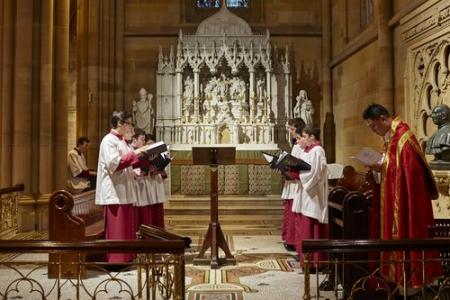Nobody reading this review is likely to have heard of Hugh Mahon. So why does he merit a biography – in fact a projected two-volume biography? The book to hand is the first instalment, with the second to follow in the not-too-distant future.
Mahon was born near Tullamore in 1857, and lived in Canada and in the United States with his family for about ten years from 1869. He began work as a young man in a printing and newspaper business in Albany, New York. Then, after the family returned to Ireland, he became editor of the New Ross Standard in 1880.
He also wrote for the Wexford People. This led to his active involvement in the Land League, and in late 1881 he was imprisoned in Kilmainham gaol – when Parnell and other leading Land League figures were incarcerated there. Released on health grounds in January 1882 (he had tuberculosis), he emigrated to Australia so as to avoid being re-arrested.
Journalist
In Australia, he found work as a journalist initially in New South Wales and in Victoria, but later in Western Australia – in the newly-discovered goldfields region east of Perth. Appointed editor of the Kalgoorlie Sun in 1899, that newspaper became a formidable organ of investigative journalism under his management.
After two unsuccessful attempts to enter politics, he was elected in 1901 to the first Commonwealth parliament following Australian federation. In the course of a parliamentary career spanning 20 years, he would serve in four Labour governments – most notably, as Minister for External Affairs during the First World War.
His claim to fame, however, rests on the fact that he is the only member of the Australian House of Representative to have been expelled from parliament.
The reason for his expulsion was an incendiary speech he made near Melbourne in November 1920 protesting against British rule in Ireland after the death on hunger strike, Terence McSwiney. In that speech, he referred to the British Empire as “bloody and accursed” – a sentiment that clearly had its roots in the earlier phase of his life as a Land League agitator in Co. Wexford.
It was anathema to the Australian political establishment in 1920, and Mahon was defeated in the by-election that followed his expulsion from parliament.
That incident, and indeed the full period of Mahon’s service in parliament, will be covered in the second volume of this biography. The present volume deals with his life up to 1901. It is of interest particularly because of the light it sheds on the visit to Australia in 1883 of John and William Redmond to drum up support and raise money for the Parnellite cause. Mahon, recently arrived in Australia, assisted the local organisers of the Redmonds’ tour.
The detailed account in this book of their tour is timely, this year being the centenary of the death of William Redmond and next year being the centenary of John’s death. It is good to be reminded of their great work for Ireland.
Both brothers had Australian wives whom they met while in Australia in 1883. John married his first wife, Johanna Dalton, in Sydney in 1883. She died in 1889, and John remarried in 1899. William’s wife, Eleanor, was Johanna’s half-niece; they were married in London in 1886.
Awareness
The author of this excellent book, Jeff Kildea, is director of the Irish Anzacs Project at the University of New South Wales. In 2014 he was Visiting Professor of Australian History at University College Dublin, and in that role was conspicuously successful in encouraging greater awareness of Australian history, and of Irish links with the Antipodes.
This book is available in Ireland from Books Upstairs, 17 d’Olier Street, Dublin 2 and from www.abebooks.com



